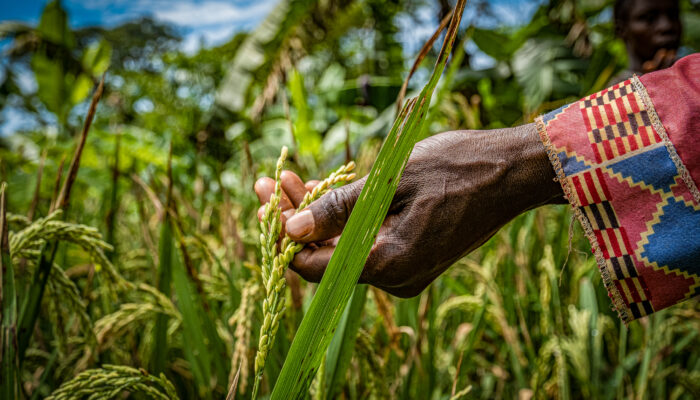Greening the sector - climate change and humanitarian action #1

Climate hazards – from extreme heat waves and wildfires, to floods, droughts, and storms – are happening everywhere with an increasing frequency and intensity. Moreover, climate change is a major driver for conflict and migration. Climate change thus affects the security and livelihoods of those in already fragile contexts in many ways. Humanitarian NGOs acknowledge that climate change has a huge impact on humanitarian action. However, for many NGOs, adapting their practices to this changing reality while at the same time diminishing their own ecological footprint is a challenge. Nevertheless, the urgent challenges climate change brings, will have consequences for humanitarian practice; consequences for what we do and how we organize our work.
Ready-to-use tools
Although there is a general awareness in the humanitarian sector that climate change is important and also a willingness to do something about it, green and sustainable action is not yet a standard practice. When setting up an emergency response it is, quite logically, not the first thing that comes to mind. However, for greening humanitarian action there are quite some practical tools available – so called ‘low hanging fruits’. So what is actually holding us back?
During this event, several people shared existing tools, papers and learning modules; we provided tangible starting-points that organizations can build on. By sharing examples of existing tools, papers and learning modules, we provide different options to kick-start greening humanitarian action. This way, we showed that sustainable humanitarian programs are not a far-fetched fantasy, but that there are ready-to-use tools out there.
About this event
This webinar was the first session in the series on climate change and humanitarian action. Click here for more information on the series and to find out more about the other sessions upcoming.
Speakers
- Gisele Henriques, Technical Advisor DRR/ Resilience, Catholic Relief Services (CRS) about the Environmental Stewardship Tool
- Bruno Jochum, Director of the Climate Action Accelerator about this Climate Action Accelerator
- Jinu Varghese (Regional Manager SEEDS India) about bottom up climate adaptation from a humanitarian aid perspective.
Report
Read the report of this webinar here.
